Explanation
Daejeo Eco Park is an ecological park stretching from Gupodaegyo Bridge to the Nakdonggang Estuary Bird Sanctuary. It encompasses various wetlands and waterways, including Sindeokseupji Wetland, along with grasslands, mustard flower fields, and various sports facilities, providing a place for leisure and relaxation. Particularly noteworthy is the Mustard Flower Festival held annually in April at the mustard flower field developed below the Gupodaegyo Bridge.
Inquiry
+82-51-971-6011
Homepage
Information Use
Experience Guide : Nakdonggang mustard flower festival
Contact and Information : • 1330 Travel Hotline: +82-2-1330
(Korean, English, Japanese, Chinese)
• For more info: +82-51-971-6011
Parking facilities : Available
Day off : N/A (Open all year round)
Hours : Open 24 hr
More information
Available Facilities
Sports facility, Wetland, flower field
Admission Fees
Free
Location
1246 Gonghang-ro, Gangseo-gu, Busan
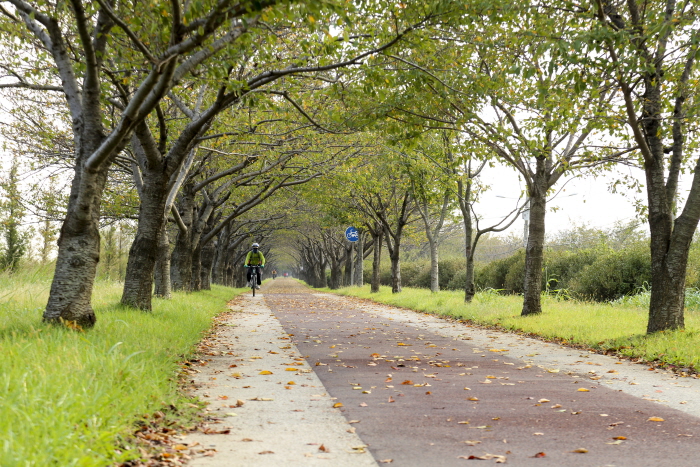
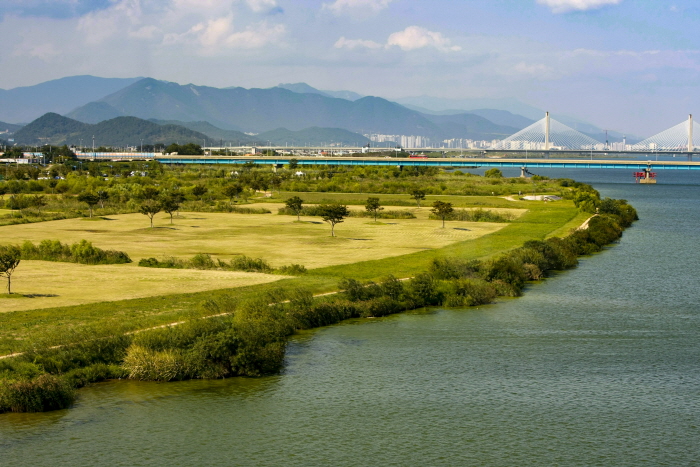
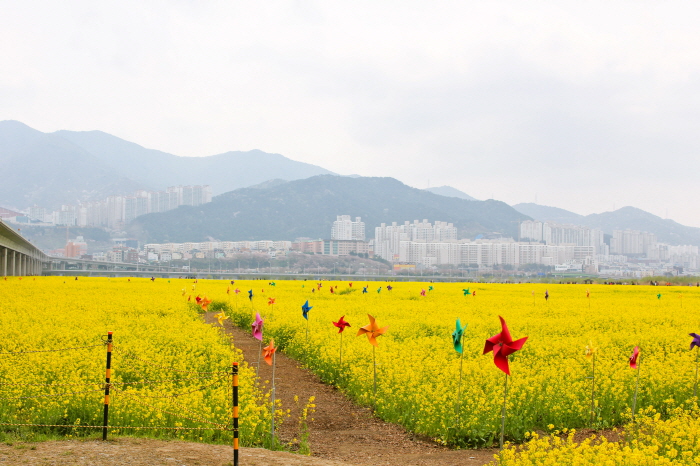
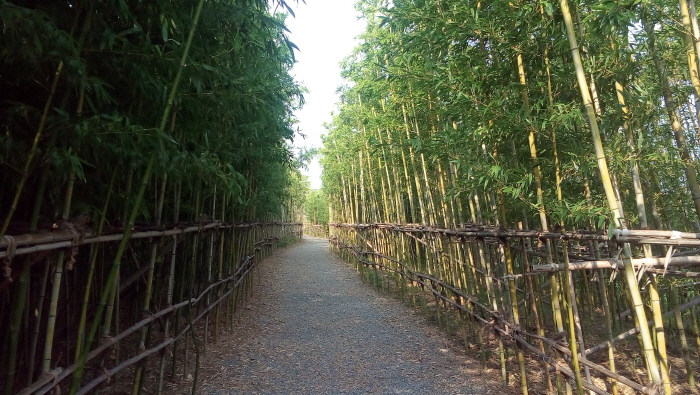
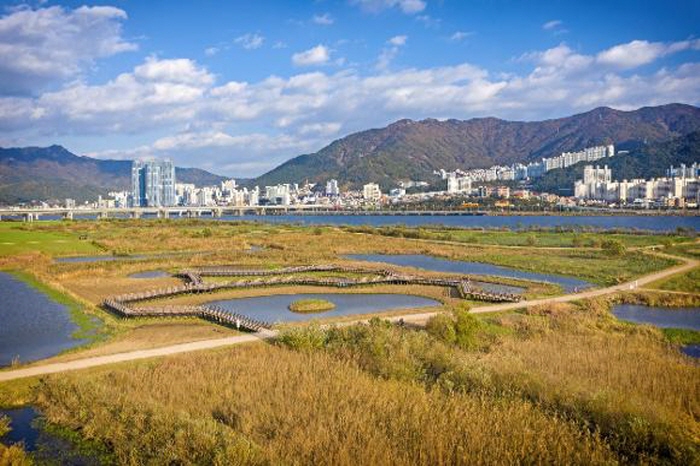
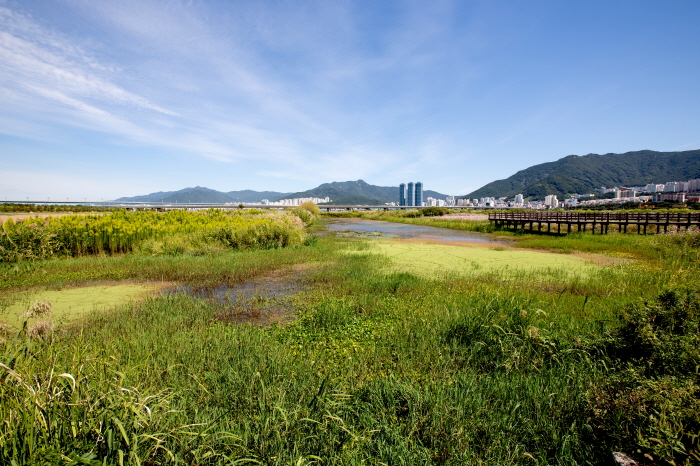
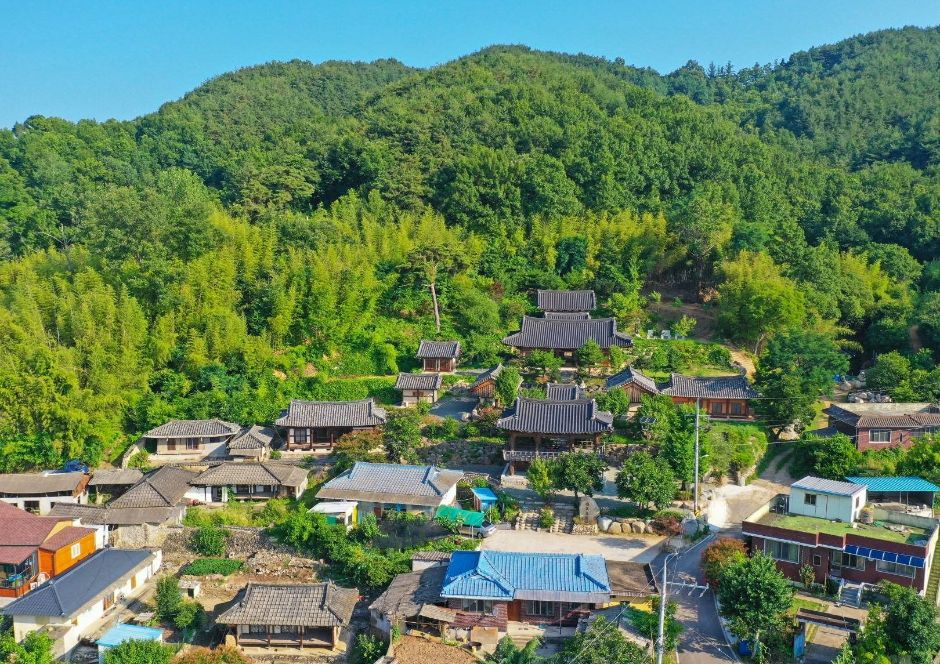

 English
English
 한국어
한국어 日本語
日本語 中文(简体)
中文(简体) Deutsch
Deutsch Français
Français Español
Español Русский
Русский